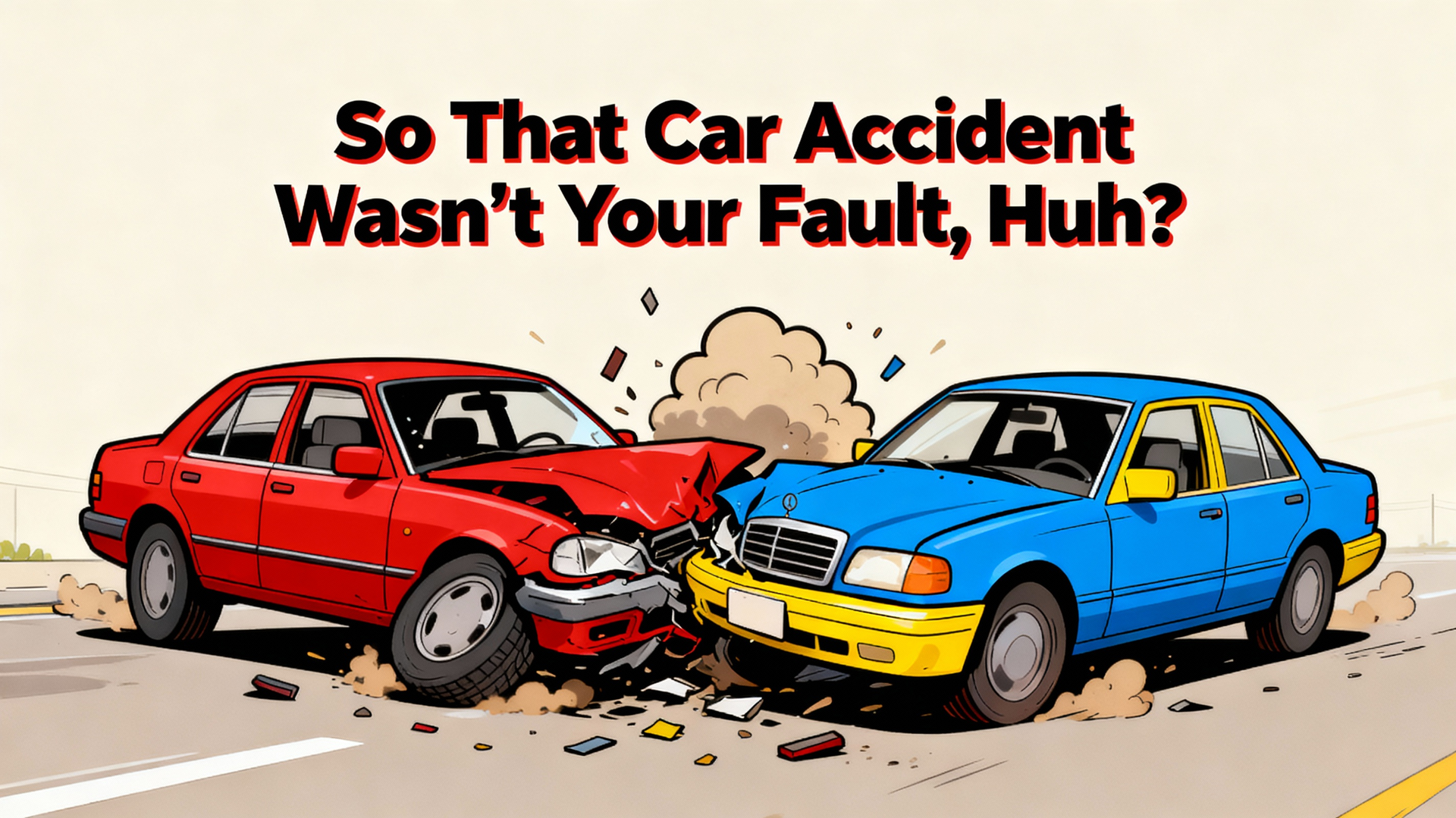Why Insurers Use Drones to Inspect Your Property?
Published Date: 05/31/2024

Your insurance company may be assessing risks around your home—like a worn roof or potential fire hazards—and those findings can affect your premium.
Drones are no longer just buzzing toys in the neighborhood. Today, they are sophisticated tools used for capturing aerial images and assessing property conditions. And increasingly, insurance companies are using them to evaluate the homes they insure.
Before looking at why insurers use drones and how it affects you, let’s start with the basics: Merriam-Webster defines a drone as “an unmanned aircraft or ship guided by remote control or onboard computers.” In everyday terms, it’s a small flying device equipped with cameras that can record high-resolution photos and video.
So what does this have to do with your homeowners insurance? More than you might think.
How Insurance Companies Use Drones
Insurers primarily use drones to get a clear look at parts of your property that are difficult—or dangerous—to inspect manually.
A drone can evaluate:
- Roof condition: Is it worn, damaged, or overdue for replacement?
- Fire hazards: Are overhanging tree branches resting on the roof?
- Storm vulnerabilities: Are gutters clogged or debris piled where water damage could easily occur?
Some carriers also use low-flying aircraft with powerful cameras or updated satellite images to spot other issues such as:
- A vehicle on blocks
- A broken fence
- An empty, unfenced pool
- Structural wear that could pose liability risks
If something increases the likelihood of a future claim, insurers want to identify it early.
Why Risk Levels Affect Your Premium
Insurers aren’t using drones to spy on your private life. Their goal is to evaluate risk, which directly affects the premium you pay.
The formula is simple:
- Higher risk = higher chance of a claim = higher premium.
- Lower risk = fewer claims = potentially lower premium.
If a drone or aerial image reveals a hazard—whether or not you were aware of it—your insurer may:
- Ask you to make repairs
- Offer a discount for fixing certain issues
- Warn that failure to correct the problem could lead to non-renewal
While the technology might feel invasive, many homeowners appreciate knowing what needs attention. Addressing hazards can protect your property and keep premiums under control.
What Homeowners Should Do
Here are the key steps to stay informed and protected:
Request copies of any images used to deny or non-renew your policy
If your insurer bases a non-renewal or denial on drone, airplane, or inspector photos, you have the right to obtain those images. Review them carefully—sometimes they are outdated, misinterpreted, or even the wrong property.
Understand that hazards will follow you to other insurers
If one insurer spots a legitimate risk, another is likely to find it too. Switching carriers won’t make the hazard disappear.
Stay reasonable, not emotional
It can feel unsettling to learn your home has been photographed from above, but focus on the issue—not the method. Most flagged conditions are genuinely worth fixing to protect your home.
By remaining proactive and level-headed, you can successfully navigate drone-based inspections and stay in control of your coverage..
Author




